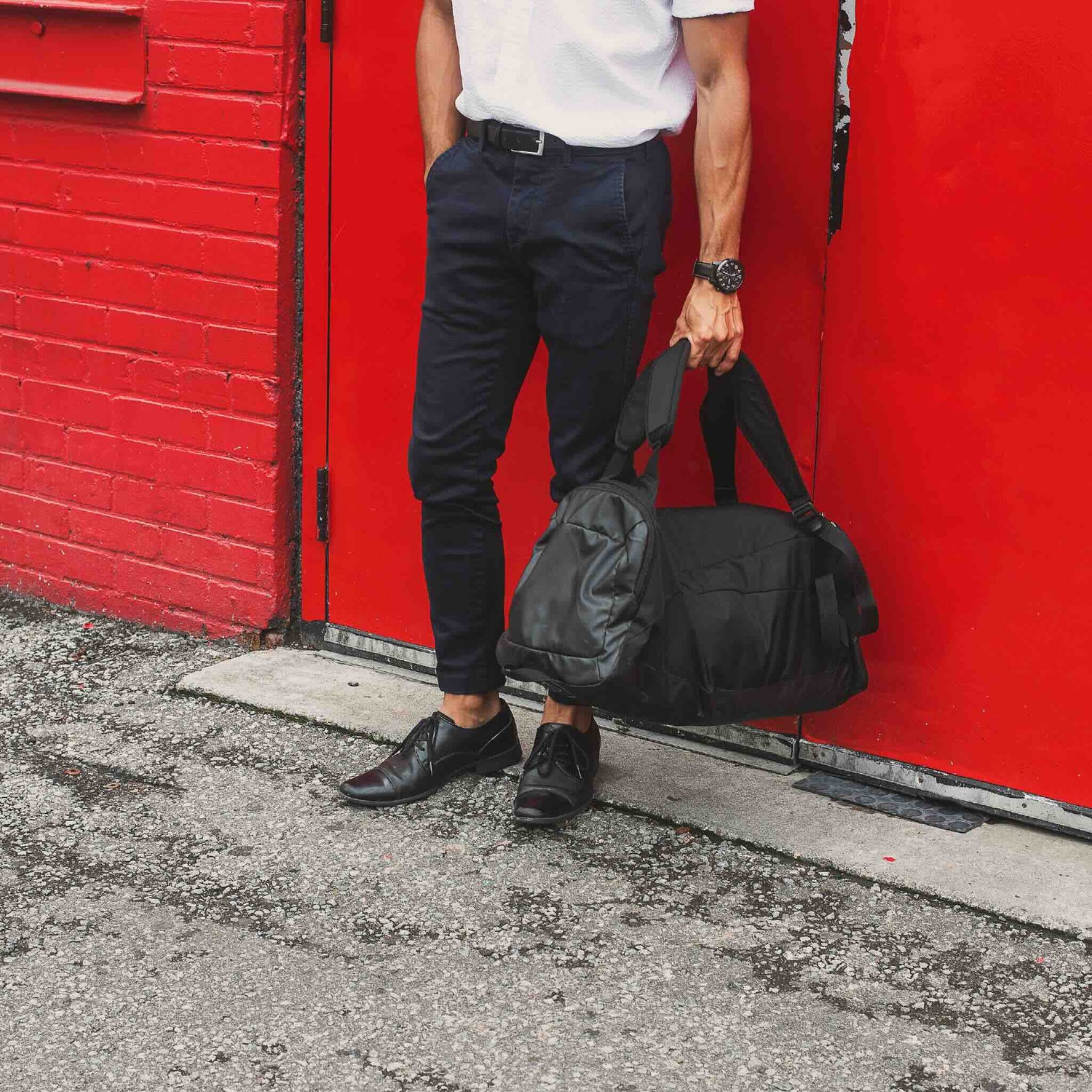A Capsule Wardrobe as a Long-Term Investment.
A capsule wardrobe isn’t just a trend—it’s a thoughtful way to approach fashion. By focusing on quality, sustainability, and personal style, you create a collection of clothing that serves you for years.
Investing in timeless, versatile pieces saves money, reduces waste, and simplifies your life.
But what is next for you depends upon the type of sewer you are.
Not everyone is a linear planner.
You may be more spontaneous creating items that inspire you in the moment or you enjoy the process just as much as the outcome. Depending on what type of sewer you are, will depend on where I recommend you start, if creating a cohesive capsule wardrobe is something that appeals to you.
So the next step is to clarify your Sewing Style. It is quick and fun.








